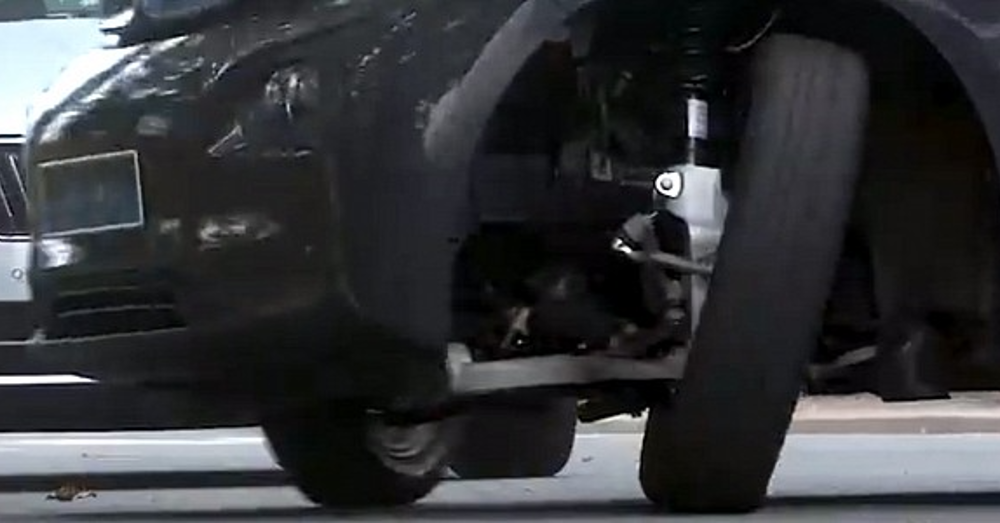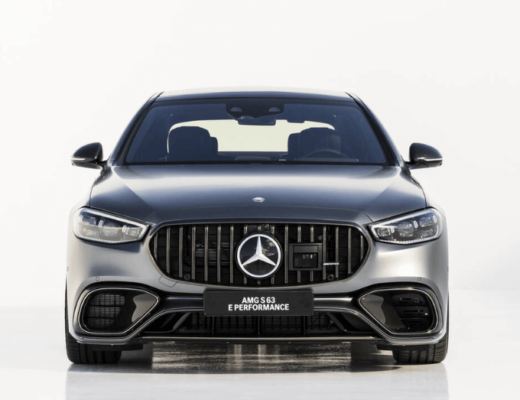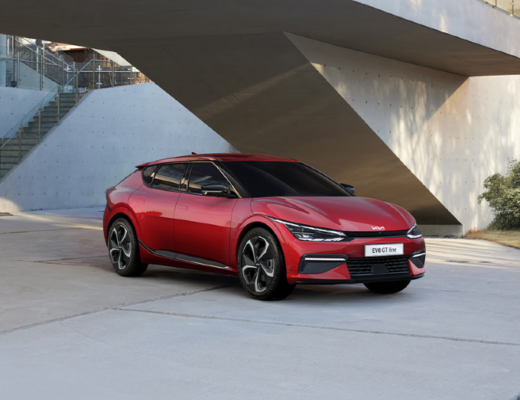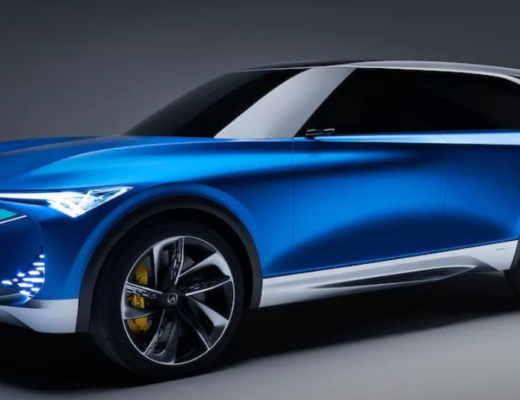The future of driving isn’t only electric; it could bring about a simpler way to park your car. The ZF EasyTurn Suspension could be the future.
Parallel parking is one of the most challenging aspects of driving. In fact, it’s so daunting to some drivers that they refuse to park this way unless it’s during a requirement of a driving test. Instead of going around the block to find an easier parking spot, wouldn’t it be much better if a car made it simpler to complete this task? ZF sure thinks so.
Concepts Aren’t Coming Anytime Soon
Various automakers have presented different cars with ways to park them that would be a lot easier. Whether that’s a car with four-wheel 90-degree steering or a vehicle that has tires that can roll sideways as well as forward and backward, the technology exists. Unfortunately, mainstreaming this technology would be another way that cars would quickly become too expensive for many to purchase. There has to be a way to get cars to make it into a parallel space without as much effort as what we have right now, and there is.
The Secret Sauce to Getting it Right
Certainly, a car that can pull up next to a parallel spot and then turn directly into the spot is preferable to what we currently use, but that’s not coming anytime soon. A new suspension system called the ZF EasyTurn Suspension is in its concept form and could be the answer. The reason this system might work is that it’s pretty simple. Instead of convoluted spherical tires or wheels that turn a full 90 degrees at all four corners, this suspension can steer the front wheels 80 degrees, which is a huge improvement over what we already see in our current vehicles.
What Happens at 80 Degrees?
Turning the wheels 80 degrees is a huge improvement over the turning degrees we currently have in our cars. Doing this will allow a car to enter a parallel space at a much more direct angle and then turn the wheels to straighten out the car. This would also allow for tighter U-turns with a shorter turning radius. This would mean larger vehicles might only need one lane to make a U-turn rather than three lanes of space to get this turn completed. This added turning angle would seem to make things much easier in our cars.
How Does ZF Propose This Solution
To achieve the 80 degrees of turning needed, the ZF EasyTurn Suspension would add a second link I the current front suspension connection. In most cases, a tie-rod connects the suspension knuckle directly to the steering rack. Using the second link that runs parallel with the tire, a mechanical advantage is quickly achieved. The parallel link connects the lower control arm in front to the knuckle at the other end. The traditional position o the tie-rod connected to the link would be a bit closer to the control arm pivot. This change would allow the tires to rotate at more than double the current angle range.
Most vehicles only rotate 35 degrees in either direction. This doesn’t seem like a large turning radius for any wheels, but it’s worked for driving for many years. Changing from the 35 degrees to 80 would without changing the travel, dimensions, or functionality of the steering rack could be a viable solution for the future. With this added turning, drivers can make the slow movements needed to park in a parallel spot or make a U-turn more easily than currently capable.
Why Don’t We Already Have this Suspension?
It seems baffling that more than 100 years after the auto industry began, we are just now hearing about the ZF EasyTurn Suspension. More puzzling still is the fact that it’s nothing more than a concept right now. While it seems an easy fix to turn the wheels further to make the radius smaller, the wheels need somewhere to go under the vehicle. If all of our cars were open-wheel models with nothing in the way, it’s possible to turn these front wheels this far, but traditional cars have various items blocking the path.
Typically, cars have an engine in between the front wheels, crash structures such as frame rails, and other items that could be in the way. These items make it difficult for wheels to turn farther than the current 35 degrees.
In addition to all the items in the way, the drive torque required to have this extreme angle is nearly impractical at this time. Traditional front-drive vehicles don’t offer the capability to implement this new system yet.
Another challenge would be limiting the maximum allowable steering angle to parking-lot speeds, which could be extremely challenging for programmers. If a driver were to suddenly turn the wheel all the way to 80 degrees, the vehicle would be in danger of flipping over.
How Could The Challenges Be Overcome?
As we move toward a world where everything is electronic, including the steering systems in our cars, the limitations of a vehicle could be overcome. An electric vehicle with a steer-by-wire system has the possibility of using the ZF EasyTurn Suspension system. The wheels aren’t connected directly to the steering wheel, and the engine, which is typically between the front wheels, is removed from the equation. This is setup, we could have 80-degree steering because it would be digitally controlled.
The Concept Seems Simple Enough to Implement
What ZF has created is a game-changing system for turning wheels at low speeds that could be implemented quickly, simply, and affordably. Because of the advancements in steering systems and electric vehicles, it’s possible we might see this ZF EasyTurn Suspension added to concept models for the future. The design only adds a couple of ball joints, a link, and bit more materials to get the job done. This is one concept item that could easily make it into future EVs to give us an easier way to parallel park and make U-turns.




